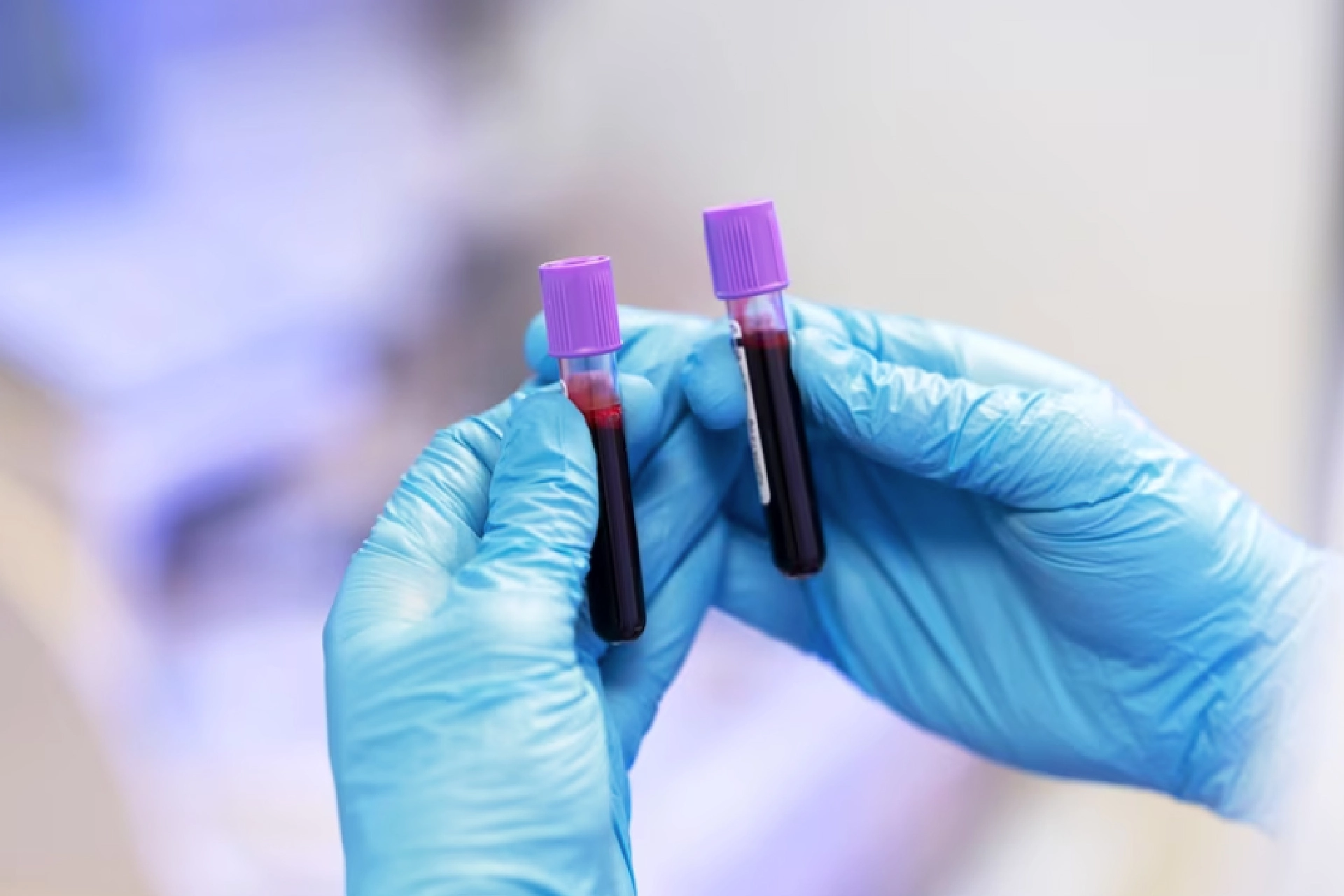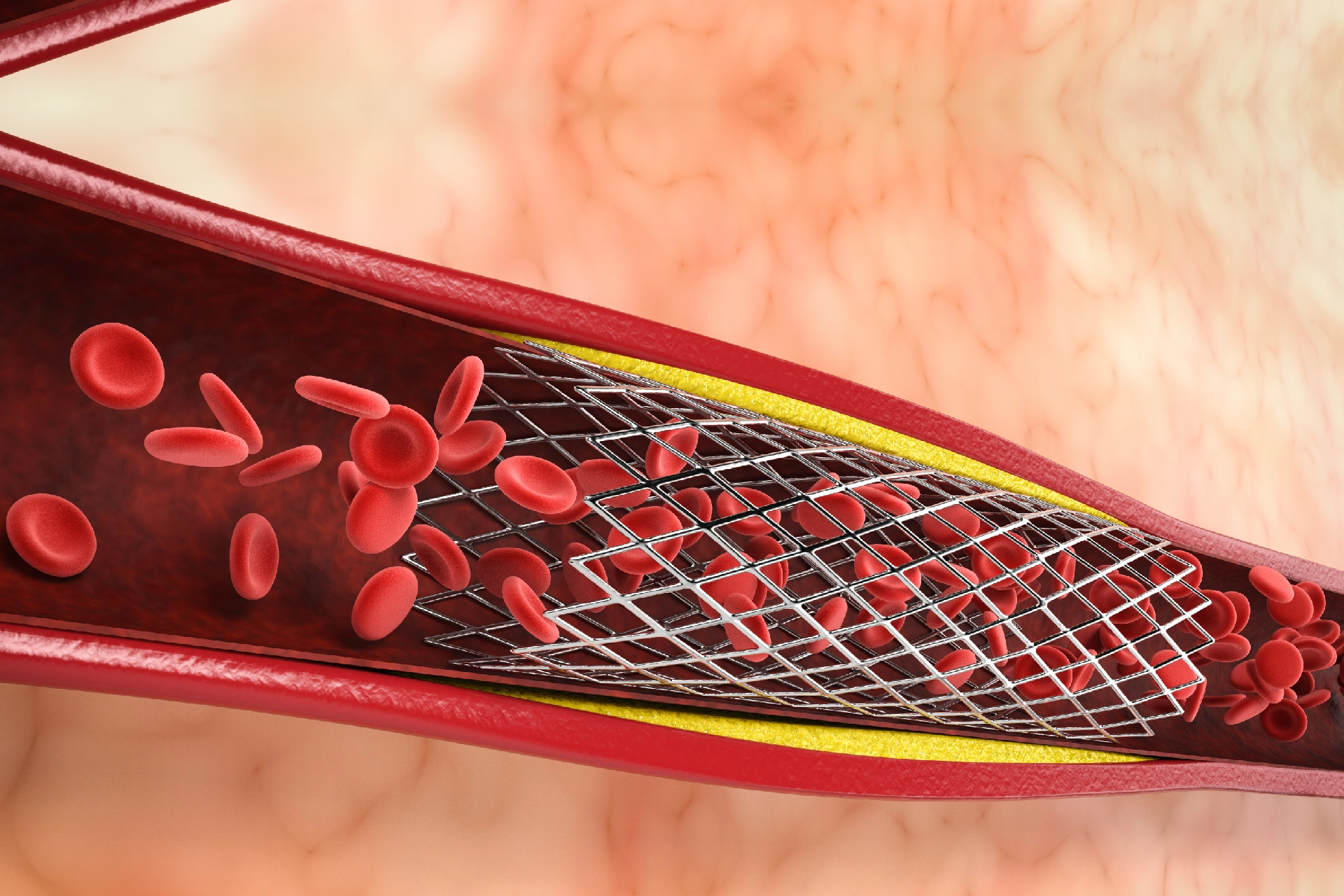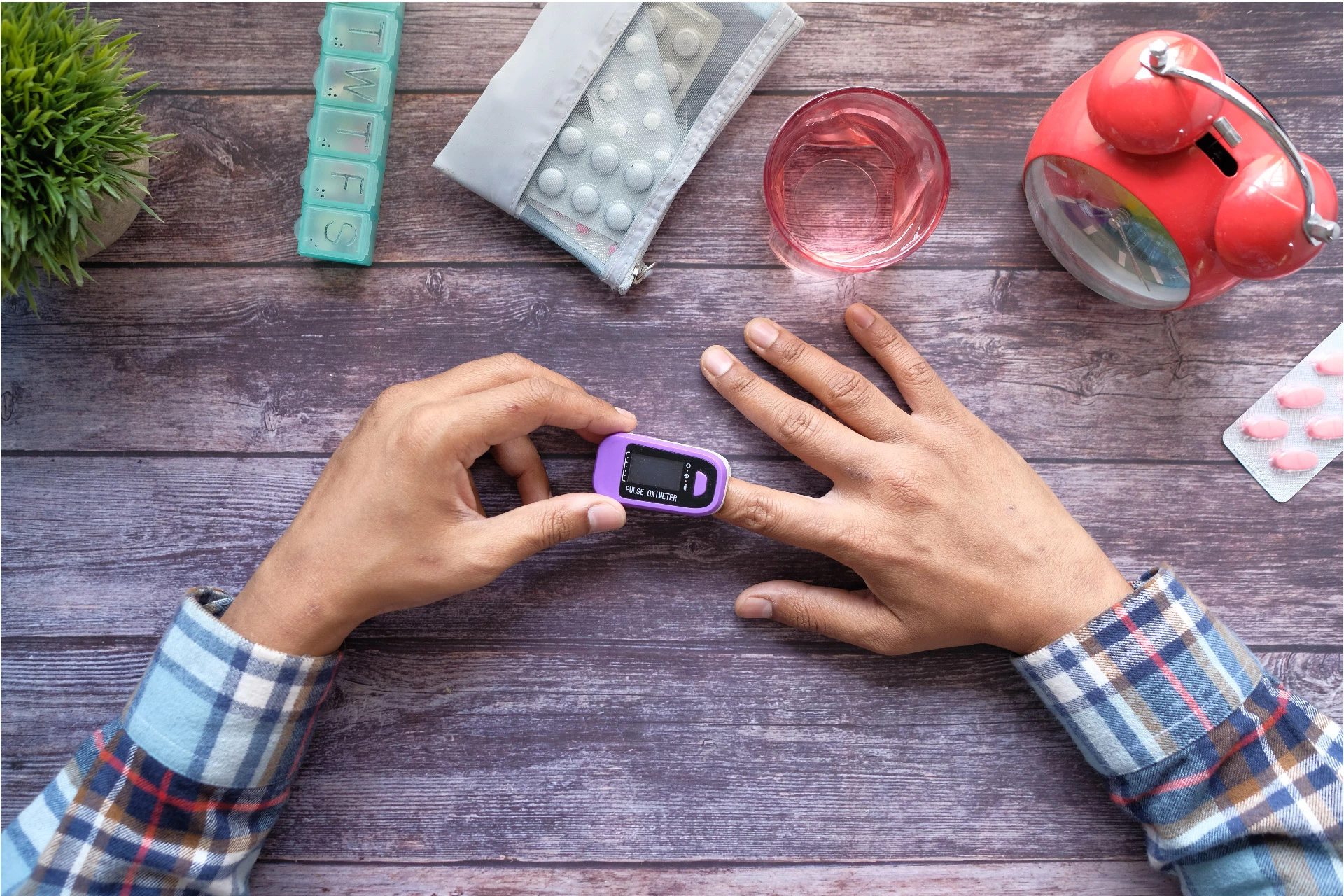Health Tests | 7 min read
Tuberculin Skin Test: Purpose, Procedure, Normal Range
Medically reviewed by
Table of Content
Synopsis
Tuberculosis cases have increased in recent years but do you know that tuberculosis is analyzed via skin tests and blood tests? Before disclosing more information, let us understand tuberculosis in brief.
Key Takeaways
- Tuberculosis is a contagious infection that normally attacks the lungs and later spreads to other body organs and brain
- It is caused by a contagious bacteria called Mycobacterium tuberculosis
- It can be resisted if you have a strong immune system
The Tuberculin Skin test analyses if the person is infected by tuberculosis. The doctor prescribes a tuberculin skin test or a tuberculosis blood test to expose the bacterial attack. The TB skin test is commonly preferred, but it may not suit everyone. The blood test is not frequently suggested. Read further to know more about the tuberculin skin test.
What is a TB (tuberculosis) or Tuberculin Skin Test?
As already discussed, the tuberculin skin test helps to identify whether a person's immune system responded to Mycobacterium. There are two types of TB, Latent and Active TB.
Latent TB
In this case, the germs will be present in the body, but the immune system restricts them from spreading. There won't be any visible sign of this infection, and it is not contagious. But the germs are still alive and can become contagious one day. If the person is suffering from other health diseases like HIV, there are high chances of Latent TB turning into active TB.
Active TB
If the immune system can't restrict TB bacteria from growing, it will become active, multiply and make the person sick. In this case, the infection is contagious, and the disease can also spread to other persons. The tuberculin skin test is mainly used to test Latent TB cases. It is also known as the tuberculin test or Mantoux test, whereas the TB blood test [1] is called Interferon-Gamma Release Assay (IGRA). The tuberculin skin test is recommended to test children under age 5. On the other hand, a TB blood test is preferred for those who have been injected with the TB vaccine Bacille Calmette-Guerin (BCG). The test is also for those who feel difficulty visiting for a second appointment.
The tuberculin skin test allows the doctor to understand if the person has TB. The tuberculin skin test allows the doctor to understand whether the person is infected by TB, but it will not provide enough evidence to understand whether TB is in the latent or active stage. Hence if the test result is a positive TB skin test, the doctor goes for a chest X-Ray, CT scan, and sputum test that will help them to learn the type of the disease.
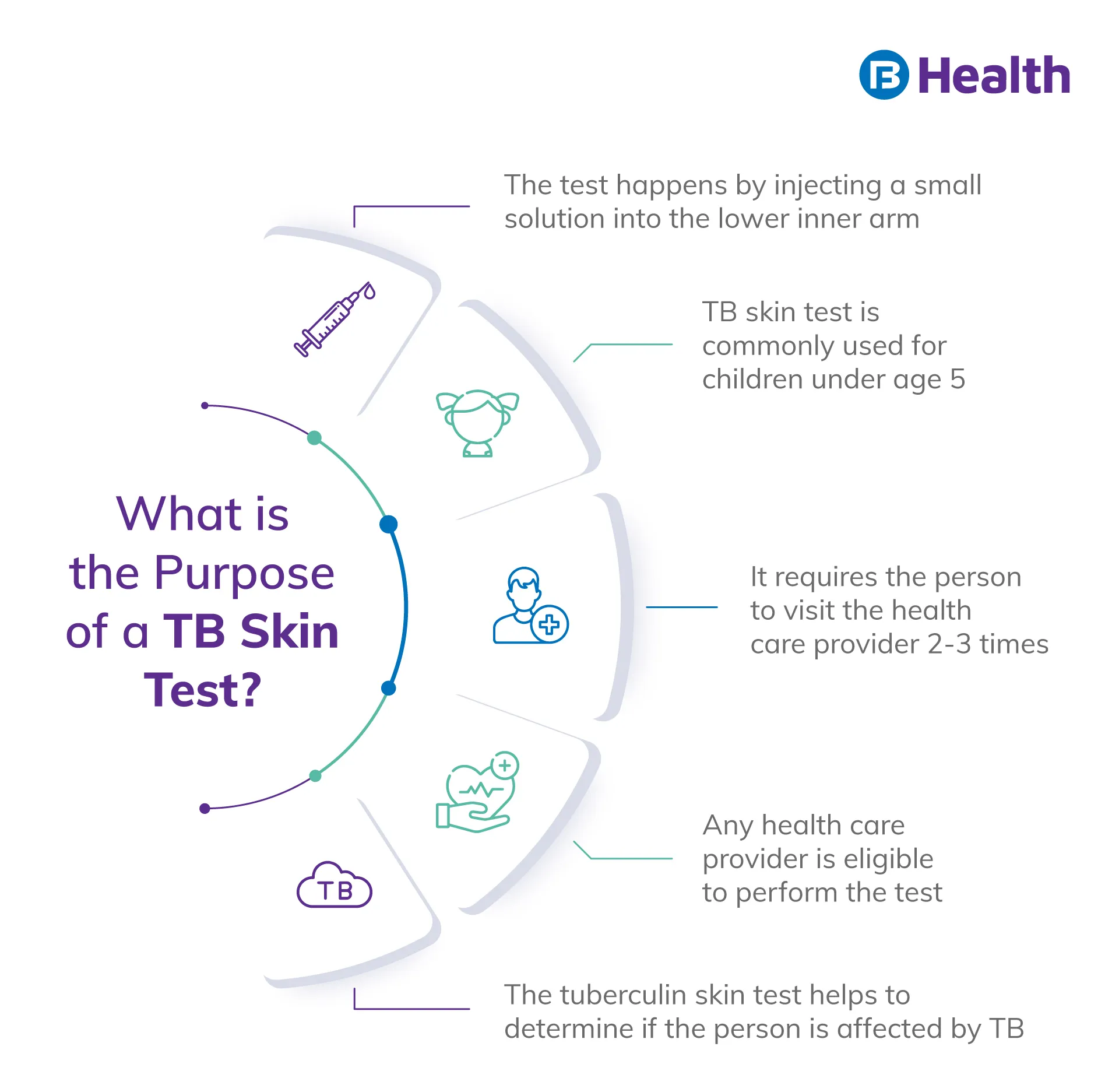
Who should be screened for Tuberculin Skin Test?
The doctor recommends a tuberculin skin test or blood test when there are symptoms of active TB infection or the possibility of getting infected. Here are a few TB symptoms that patients likely occur during TB.
- Sudden weight loss
- Shortness of breath
- Fever and fatigue
- Bad cough lasting for a longer duration
- Chronic cough with blood or mucus
- Weakness, night sweats, sweating
- Pain in the chest area
- Muscle loss
There is a high risk of TB in the following scenarios:
- If you are a healthcare provider who takes care of TB-infected patients
- Interacted with a friend, co-worker, and family with active TB
- Lives in hospitals and nursing homes
- Recently traveled or lived in areas where TB is common, like Russia, Africa, Eastern Europe, the USA, Canada, Australia, Japan, New Zealand, Latin America, and the Caribbean
- Takes intravenous drugs
- Heavy smoker
- Suppose you are a part of a group that lives or works in TB-infected areas or with the infected person. It includes homeless shelters, HIV-infected people, prisons, and people who use drugs
- Babies and children also have the chance of getting infected because their immune system is not strong enough.
Weak immune system due to medical conditions like:
- Kidney disease
- HIV
- People undergoing cancer treatment, such as chemotherapy
- Chronic kidney disease
- Individuals with low body weight and poor nutrition
- Drugs consumed to treat rheumatoid, arthritis, Crohn's disease
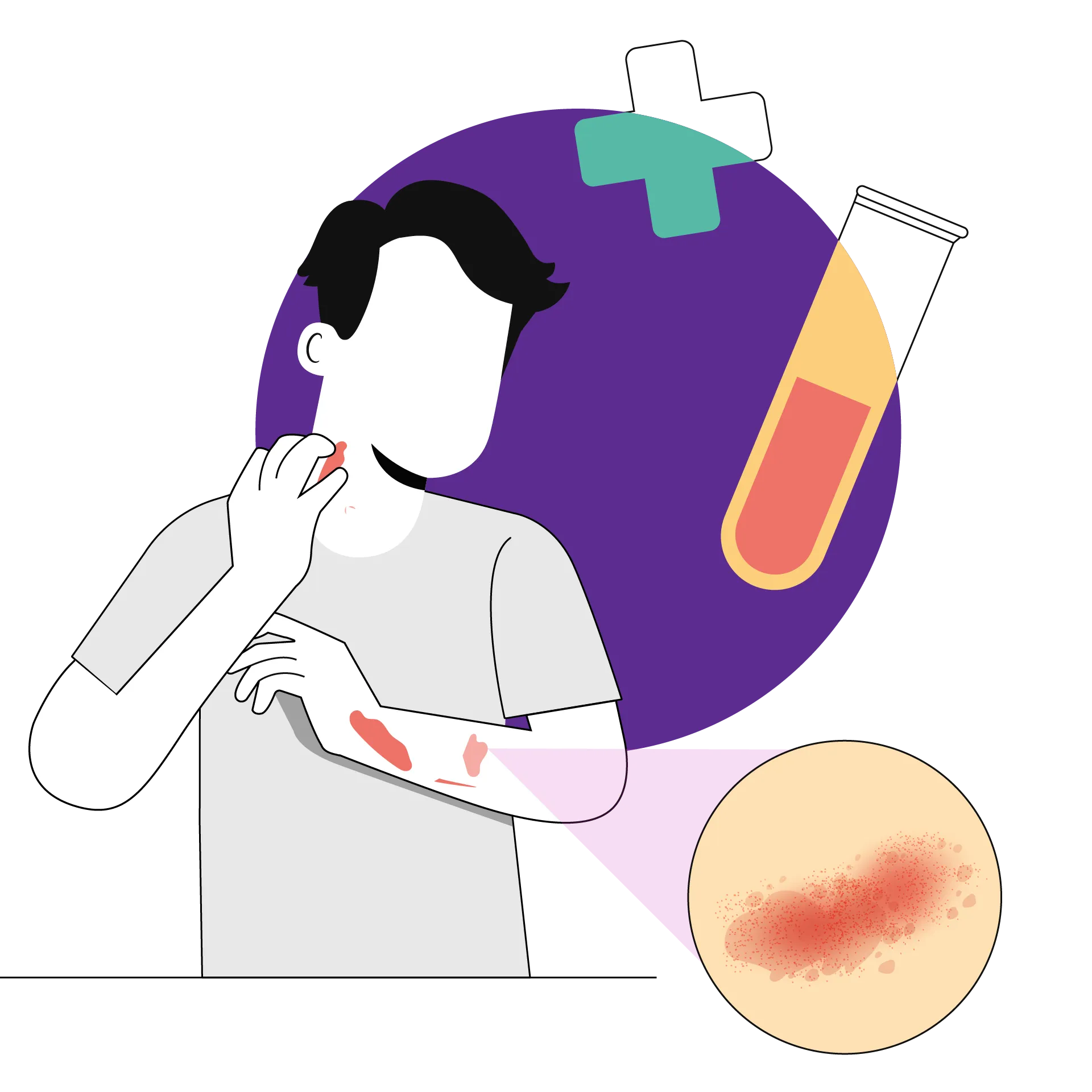
Who performs a Tuberculin Skin Test?
Any healthcare provider trained and skilled in assessing a tuberculin skin test can perform a TB skin test.
Usually, the health care provider who is certified to perform blood tests is a phlebotomist. The phlebotomy technicians collect the blood samples and prepare them for testing. The phlebotomist is trained to do blood tests, including TB blood tests.
Other than phlebotomists, any healthcare provider trained in blood drawing can perform a tuberculin skin test. They collect the blood sample and send it to the laboratory for testing.
How does a TB (tuberculosis) Test Work?
The tuberculin skin test measures the immune system's response to the antigen present on the surface of the TB bacterium that causes tuberculosis. Here are the details of how both TB tests work.
TB Skin Test
The tuberculin skin test involves injecting a small fluid called purified protein derivatives (PPD) solution into the skin of your lower arm. The TB skin test measures the immune system response to the injected solution. If your body is exposed to TB bacteria, the skin reacts by developing swelling in the injected site after 2-3 days.
The degree of skin response helps to find whether it is a positive TB skin test or negative. You can also get a false positive alarm if you have gotten the tuberculosis vaccine, BCG. You may also receive false negatives in case the infection is very new.
TB Blood Test
This test measures the response when the blood sample is mixed with TB protein. If the person is infected with tuberculosis, the blood sample will release a protein called interferon-gamma while mixing the antigen derived from the TB bacterium in the lab.
Additional Read: Antinuclear antibodies blood testTB Skin Test Process
Before the tuberculin skin test, the health care provider verifies your medical history to determine whether you can take the test. The test requires the patient to visit a healthcare provider 2-3 times for proper consultation. Process
- The healthcare provider will disinfect the skin in your lower arm
- Inject the PPD fluid under the skin with a small needle
- You may experience a slight punch. However, the process is simple and quick
- To assess the reaction, the health care provider will mark the injected location with a pen
- In the first visit, only fluid will be injected, and it is on the second visit that the health provider checks the skin's reaction to injected fluid
- The second visit needs to be within 48-72 hours; else, you will have to take the test again
- It is a must to go for a second appointment and get an official result. So, don't forget to book the slot accordingly
If the person is infected with TB, swelling and redness are visible in the injected site within 72 hours. After that, the individuals can eat, drink, and take showers. However, it is advised not to scratch or rub the injected location. Here are a few other tips to make the tuberculin test easy:
- Make sure to wear something in which you are comfortable and easy to roll up the sleeves because the injection is injected in the lower inner arm
- There is no need to bring extra clothes for changing or undressing during the test.
- Keep your health insurance and identification card if needed
- There is also the possibility of a TB skin test at the health care provider's office or outpatient location. If the patient is not in a situation to travel, confirm whether the test at the patient's location is possible
Check with the health care provider about the cost and any discount available on the test.
Tuberculin Skin Test Normal Range
The tuberculin skin test is administered by injecting 0.1 ml of liquid containing 5 TU of PPD [2] into the skin layer. The basis of reading TB skin tests is the presence or absence and amount of induration. The physician will measure the diameter of the induration via a Milli-meter ruler.
In the case of healthy people with a normal immune system, the induration greater than or equal to 15mm is considered a positive TB skin test.
The induration of less than 15 mm is considered positive in certain cases.
The 10mm induration is considered positive in the following group:
- Healthcare workers who work predominantly with mycobacteria in laboratories
- Residents of TB-infected areas
- Children under four years of age
- People who consume IV drugs
Induration of 5 mm is considered positive in the following groups:
- HIV infected individuals
- People with a weak immune system
If you are experiencing any TB symptoms, it is important to undergo TB screening. TB is a deadly and contagious disease that can even spread to your loved ones. However, with the help of a doctor and proper medical guidance, it is treatable. Remember, diagnosing the condition at the earliest will help to start early treatment and speed recovery.
The patient may have thousands of doubts regarding the tuberculin skin test. Sometimes they can't get these doubts cleared because of apprehensions. An easy solution to all these problems is getting an online consultation via Bajaj Finserv Heath.
References
- https://www.health.state.mn.us/diseases/tb/basics/factsheets/igra.html
- https://www.medicinenet.com/tuberculosis_skin_test_ppd_skin_test/article.htm
Disclaimer
Please note that this article is solely meant for informational purposes and Bajaj Finserv Health Limited (“BFHL”) does not shoulder any responsibility of the views/advice/information expressed/given by the writer/reviewer/originator. This article should not be considered as a substitute for any medical advice, diagnosis or treatment. Always consult with your trusted physician/qualified healthcare professional to evaluate your medical condition. The above article has been reviewed by a qualified doctor and BFHL is not responsible for any damages for any information or services provided by any third party.

